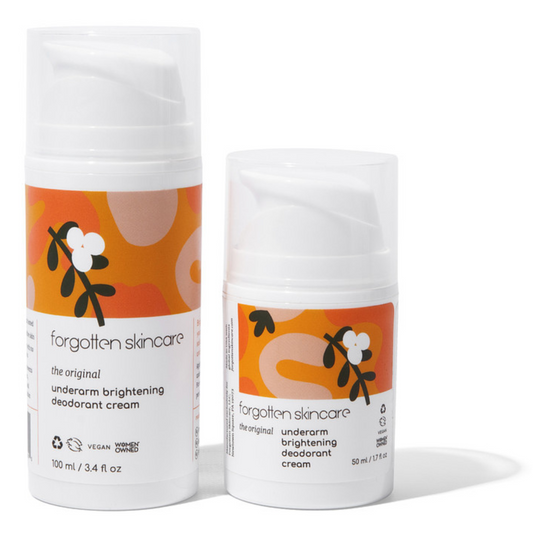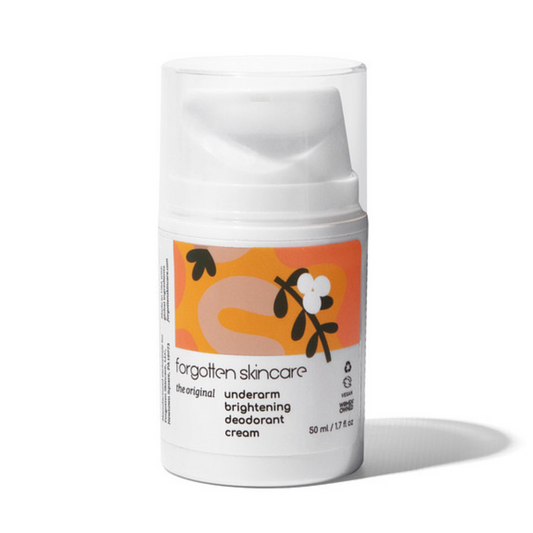There is a ton of information out there about hyperpigmentation, and we want to break it down for you in the easiest, most digestible way possible.
What is hyperpigmentation?
One thing to understand right off the bat is, hyperpigmentation is normal, and you are not alone. However, it can be frustrating, even in the most confident of women.
Basically, hyperpigmentation is nothing more than a darkening of a person’s skin in spots or patches, usually found on the hands, face, underarms, thighs, knees, elbows, and occasionally, the stomach. There are various forms and causes of hyperpigmentation. Here are the most common:
Age spots
Age spots, commonly known as liver spots, sun spots, and solar lentigines, are often found on places that receive the most sun exposure, like the hands and face. Have you ever looked at your hands and noticed that they are starting to develop something that looks like dark freckles? That’s age spots. They are usually characterized by small areas that are darker in color than the rest of your skin. Sun spots are common in anyone that has spent a lot of time in the sun, and they become more noticeable as we age. Just another one of the wonderful things our bodies do to remind us of the fun we had in our youth!
Melasma
Melasma is also known as chloasma and it affects mostly women, especially those who already have darker skin tones. If you’ve ever heard the phrase, “the mask of pregnancy,” they’re talking about melasma, because it is known to make its appearance on pregnant women (but also women on birth control). Melasma commonly shows up on the face (especially the forehead), on the stomach, and in large patches. While the exact cause is unknown, doctors believe that it is a genetic condition that is activated when a woman experiences hormonal changes. In most cases, Melasma disappears after a pregnancy or by discontinued use of birth control pills.
Post-inflammatory
Post-inflammatory hyperpigmentation, or PIH, shows up as patches or spots of darkened skin after an injury, a burn, or some other type of skin irritation, like acne, eczema, or psoriasis. Even friction, like shaving, can cause skin to darken. It’s most likely to be seen on a person’s neck or face, underarms, elbows, thighs, and knees, and again, it is more common in individuals that have a darker skin tone.
How can I brighten my skin?
There are many different measures you can take to prevent hyperpigmentation or lessen its effects - you can read some of our suggestions here. From home-remedies to medical treatments, the course of action that you take will depend on the type of hyperpigmentation you are experiencing, allergy considerations, and where in your skin hyperpigmentation is forming.
For most individuals, hyperpigmentation is mostly a cosmetic concern. However, there are some instances when darker skin patches could be related to an underlying medical condition. It is always wise to consult your physician before trying anything on your own, and to rule out something that might be more serious.
You are beautiful inside and out, no matter the color of your skin. But we understand the frustrations that come when our bodies change. We are here to help. The Original Underarm Brightening Deodorant Cream is designed to help you feel like your most confident self, every day.








